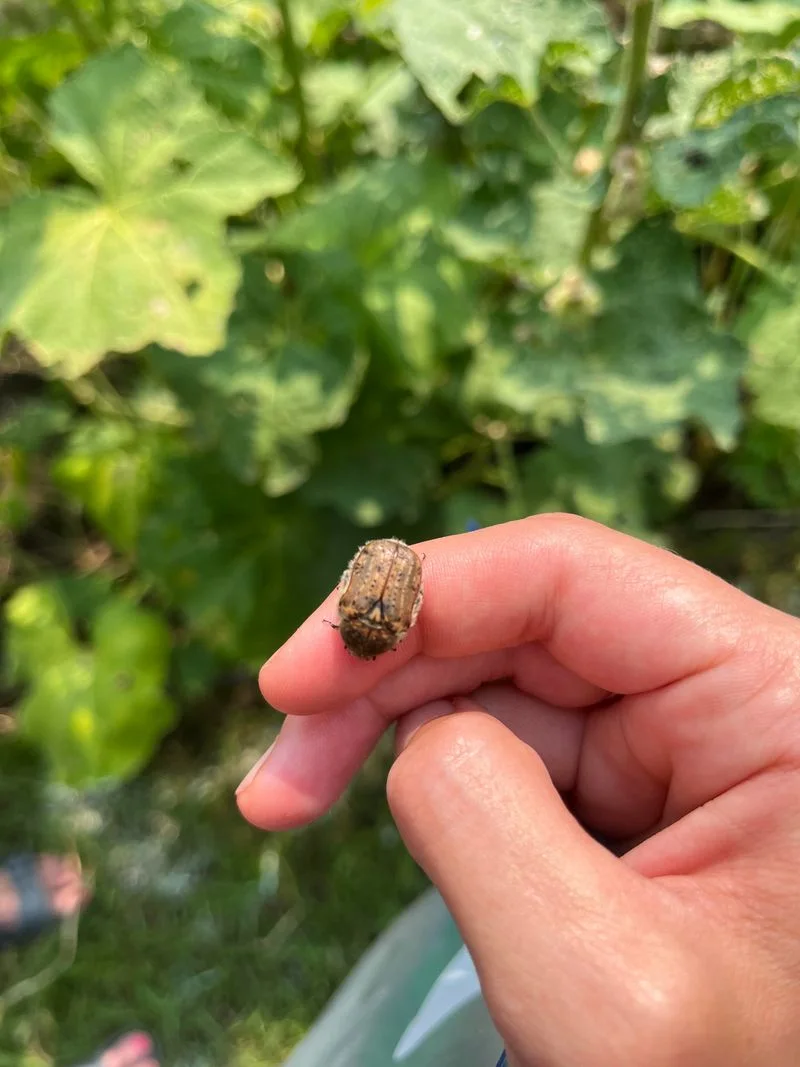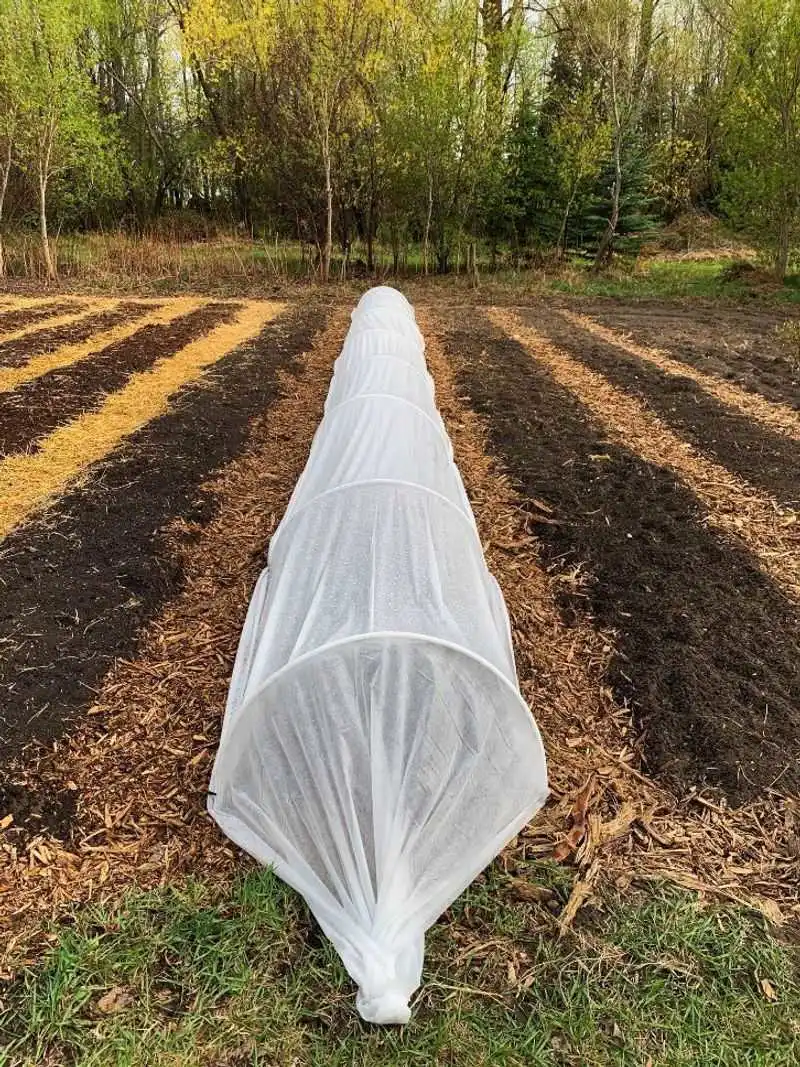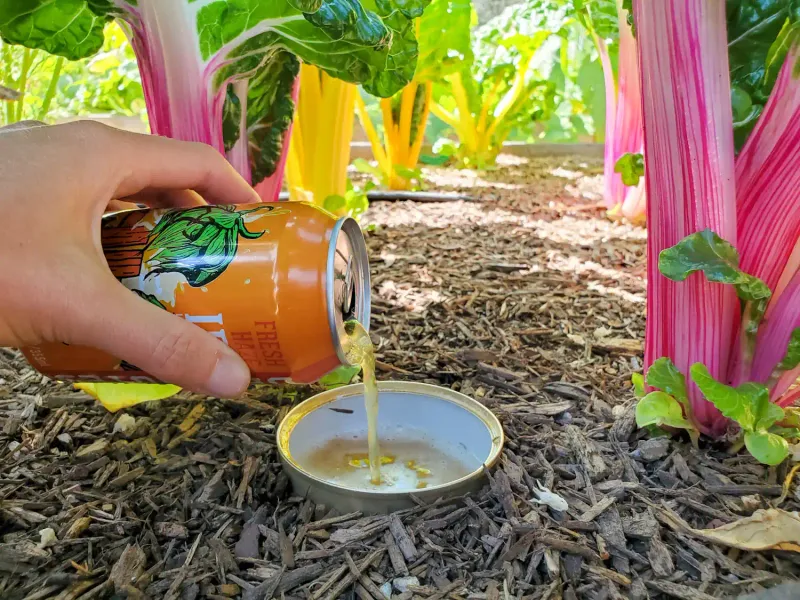Japanese beetles are not just a nuisance—they’re a glittering, winged nightmare. One minute your garden’s thriving. The next? Skeletonized leaves, munched petals, and chaos in every flower bed. These shiny little invaders don’t show mercy. Roses? Gone. Basil? Devoured. Fruit trees? Stripped like they owed someone money. But don’t panic—there are ways to fight back without turning your yard into a science experiment. From strategic planting to simple tricks that send beetles packing, we’re diving into smart, satisfying ways to take control. Let the battle begin.
Handpicking Beetles

Imagine sipping your morning coffee, the fresh air wrapping around you as you stroll through your garden. Spotting a metallic glint, your hand moves with practiced ease, plucking beetles from leaves. Handpicking is a simple yet effective way to reduce beetle numbers.
Doing this in the early morning when beetles are sluggish can be particularly effective. Dropping them into soapy water ensures they won’t return. While it requires some dedication, this personal approach allows for a peaceful daily ritual, connecting you closely with your plants and their well-being.
Neem Oil Sprays

With the subtle aroma of neem oil wafting through the air, your garden becomes a haven, not just from pests but for beneficial insects too. Neem oil acts as a natural pesticide, disrupting the life cycle of Japanese beetles without harming your plants.
Spraying neem oil every week or after rain can keep beetle populations in check. Its organic nature means it’s safe for you and the environment. Embrace this eco-friendly method to maintain a healthy, vibrant garden, free from the devastation these beetles can cause.
Milky Spore Treatment

Did you know that a naturally occurring bacterium can be your garden’s best ally against beetles? Milky spore targets the larvae grubs, stopping Japanese beetles before they even emerge.
Spreading this treatment across your lawn during warm months establishes a long-term defense. While it takes time to see full results, the promise of fewer beetles next season is worth the wait. This biological control method offers peace of mind, knowing you’re fostering a healthier ecosystem in your backyard.
Companion Planting

Marigolds, with their vibrant petals, do more than just beautify your garden. These companions repel Japanese beetles and attract beneficial insects. Companion planting strategically places specific plants together to naturally deter pests.
Including aromatic herbs like garlic, or flowers such as geraniums, enhances this defense. Not only does this method reduce beetle numbers, but it also boosts biodiversity. As you witness the symbiotic dance of plants in your garden, you realize the balance it brings to your space.
Row Covers

Imagine a delicate veil draped over your prized plants, shielding them like a protective guardian. Row covers serve as physical barriers, effectively preventing beetles from reaching their favorite meals.
Using these covers in the early part of the growing season can significantly reduce damage. Lightweight and breathable, they allow sunlight and water through, supporting healthy growth. This protective embrace ensures your garden thrives without the threat of hungry invaders.
Timing Watering Schedule

Adjusting your watering routine can be a subtle weapon in your anti-beetle arsenal. By watering in the early morning, you reduce the moist, inviting environments that beetles love.
This practice not only lessens beetle activity but also promotes better plant health by preventing fungal diseases. As dawn breaks and you tend to your garden, you create an atmosphere that’s less appealing to these pesky insects, all while nurturing your plants’ natural vigor.
Trap Placement Strategy

Strategic trap placement can significantly impact your garden’s beetle population. While traps are an enticing solution, their placement requires careful consideration to avoid attracting more beetles than they catch.
Position traps away from valuable plants and near flowering shrubs instead. This way, you lure beetles away from your garden’s heart. As you adjust traps with the changing seasons, you find a balance, minimizing beetle presence while safeguarding your cherished plants.

